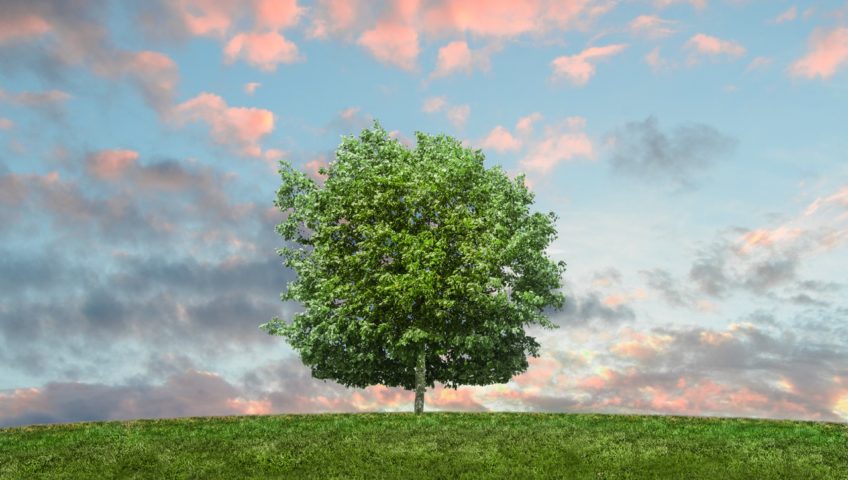In part one of this two-part blog series, we went over some of the general themes you should follow when it comes to getting project approval from environmental conservation groups that might hold sway in your property area. If your property sits on or near certain environmentally sensitive areas, compliance with these bodies is a must for achieving the landscaping you desire.
At Greenside, we can help. In this blog, we’ll go over some of the specific characteristics that are often found in environmentally-friendly landscapes – the sort that don’t run into issues with these kinds of commissions.
Native Plants and Plant Diversity
Using your local government environmental agency or online lists, search for plants that are native to your area and community. Planting these will allow plants that are already present in this system to cross-support soil biology and insects, allowing new plants to fit more easily into the system. You don’t have to use only native plants, but a good mix with a base of native items is a nice place to start.
Now, one thing this does not mean: Simply choosing a couple native plants you like, then strewing them across your entire landscaping area. You need plant diversity, with different complementary plants in various areas to help sustain each other.
Limited Mechanical Maintenance
Reducing human footprint is the name of the game here, and a big area involves selecting landscaping that doesn’t require too much mechanical maintenance – things like lawn mowing, pruning and others that cause both noise and pollution. There are plenty of plants and options out there that fit this classification.
Lowered Consumption
Various chemicals like herbicides, pesticides and fertilizer can damage the environment, and the added water needed to distribute them doesn’t help. Do some research to find out which of these chemicals your system really needs, and which are mostly for show.
Bee and Butterfly Habitats
If a conservation commission is breathing down your neck, creation of habitats for these major pollinators can go a long way. Both bees and butterflies are struggling as a species, which in turn threatens many crops that rely on these insects. A good environment for them will create a cycle that supports other species and the entire area.
Seasonal Considerations
To keep the landscaping beautiful year-round but also keep up with environmental concerns, use perennials along with seasonal plants to keep things going all year long.
Sustainability
Eventually, your goal should be creating a landscape that could sustain itself even if you stopped actively tending to it. This is achieved by using both organic and other plants, native plants, and the incorporation of stone and other hardscape elements to help the evolving land around them.
For more on creating an environmentally friendly landscape, or to learn about any of our lawn care or other expert services, speak to the pros at Greenside today.

